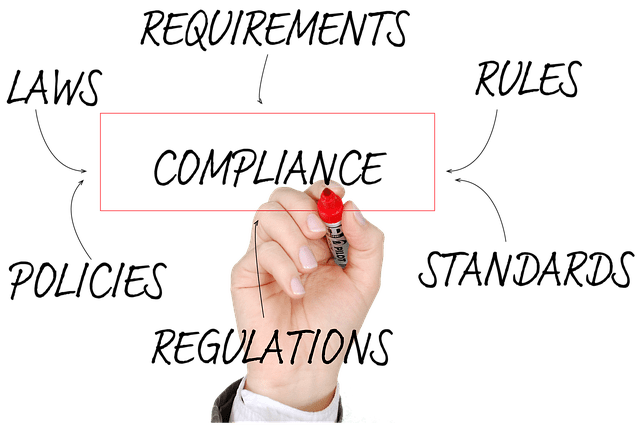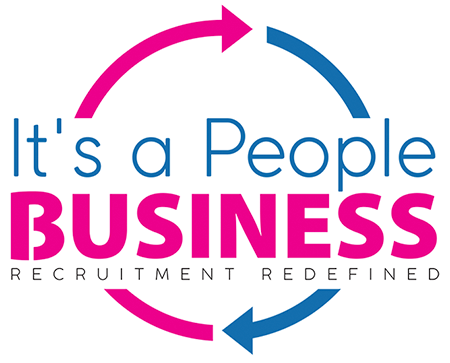
In today's business world, compliance is no longer just a matter of following rules and regulations. For companies, navigating recruitment compliance is more important than ever before. With the increasing complexity of Employment laws and regulations, employers need to stay up-to-date and in compliance with local, state and federal laws. Failure to comply can result in costly fines and potential legal action. This is why it's imperative for businesses to understand the best practices for navigating recruitment compliance. Understanding these practices will help companies avoid costly mistakes while also helping them to recruit top talent.
Read More: Mastering Talent Acquisition: Strategies and Best Practices for Recruiting Top Candidates
In this blog post, we will explore the best practices for navigating recruitment compliance. We will cover everything from understanding applicable laws and regulations to implementing the right policies, procedures, and technologies to ensure compliance. By following these best practices, businesses can reduce the risk of violations and fines, as well as ensure that their recruitment processes are fair and equitable for all applicants.
Additionally, businesses should consider the importance of diversity and inclusion when crafting their recruitment policies and procedures. While the law requires employers to provide equal opportunity to all individuals regardless of race, colour, religion, sex, national origin, or other protected classes, businesses should recognise the value of a diverse workforce. The best recruitment practices ensure that all qualified candidates have the same opportunity to compete for a position without bias.
1. Understand legal compliance requirements for recruitment.
1. Understand legal compliance requirements for recruitment.

Adhering to regulations and legal compliance requirements for recruitment is crucial for businesses to avoid costly fines and penalties. This includes complying with anti-discrimination laws, fair hiring practices, minimum wage laws, and proper documentation of employee information. Employers must ensure that all candidates are evaluated fairly and without bias, and that the selection criteria used are based on job-related qualifications. Employers should also maintain accurate employment records and be aware of the data privacy regulations when collecting and processing candidate information. Overall, businesses must understand and comply with all applicable legal requirements to ensure a fair and lawful recruitment process. This not only reduces the legal risks but also promotes a positive employer brand and helps to attract top talent.
2. Implement clear policies and procedures for hiring practices.
2. Implement clear policies and procedures for hiring practices.

Adhering to regulations is critical to ensuring a fair and inclusive hiring process. In order to achieve this, it is important for businesses to implement clear policies and procedures for their hiring practices. This includes creating job descriptions that are inclusive and free of discriminatory language or bias. Additionally, developing a diverse applicant pool through various recruiting methods, such as posting job openings on diverse job boards and reaching out to community organisations, can help ensure a diverse group of candidates. The interview process should also be standardised and structured, with questions that focus on skills and qualifications relevant to the position. By implementing clear policies and procedures, businesses can reduce the risk of discrimination in their hiring practices and create a more diverse and inclusive workforce.
Read More: The Future of Work: Predictions for Online Recruitment in the Next Decade
3. Ensure job postings are inclusive and free of discrimination.
3. Ensure job postings are inclusive and free of discrimination.

Adhering to regulations is crucial for businesses when it comes to recruitment practices. It is important to ensure that job postings are inclusive and free of discrimination. This means that all job postings should be based on required job qualifications and not on the Personal Characteristics of the applicant, such as their age, gender, race, religion or sexual orientation. One of the best ways to ensure inclusivity is to use gender-neutral language in job descriptions, avoiding language that is geared towards a specific gender. Additionally, when listing job requirements, consider whether they are truly necessary for the job or if they could potentially exclude qualified candidates who may have a different educational background or skill set. By taking the time to review and edit job postings to ensure that they are inclusive and free of discrimination, companies can enhance their reputation as an equal opportunity employer while also attracting a diverse candidate pool.
4. Document all aspects of the recruitment process.
4. Document all aspects of the recruitment process.
Read More: Mastering the Main Stages of Any Recruitment Discussion: A Practical Guide for Employers
Adhering to regulations is imperative when it comes to recruitment. One important aspect of compliance is documenting all stages of the recruitment process. This ensures transparency and accountability throughout the entire process. The documentation should include the job description, qualifications required, candidate applications and resumes, interview questions and answers, assessment results, and reference checks. In addition, it is important to maintain accurate records of the communication and feedback given to the candidates throughout the process. This documentation helps to demonstrate that the recruitment process is fair and unbiased, and can also help to protect the company from potential legal challenges. Overall, documenting all aspects of the recruitment process is a crucial compliance measure that should be implemented by businesses of all sizes.
5. Provide training to all employees involved in recruitment to ensure compliance.
5. Provide training to all employees involved in recruitment to ensure compliance.

Adhering to regulations is crucial for businesses to ensure that all their recruitment practices are legally and ethically sound. One of the best practices that businesses can implement to adhere to regulations is to Provide Training to all employees involved in the recruitment process. This training can cover legal requirements, such as anti-discrimination laws, equal opportunity employment regulations, and background check laws. It can also include guidance on ethical and professional behaviour when interacting with potential candidates. This training not only ensures compliance but also helps to mitigate legal and reputational risks associated with non-compliance. By investing in training, businesses can create a culture of compliance and increase the likelihood that they will attract and retain top talent.
Conclusion
In conclusion, compliance in recruitment is a critical aspect for any business. Without it, businesses can face severe legal issues, reputational risks and financial loss. In order to navigate recruitment compliance effectively, it’s essential to have a clear understanding of the laws and regulations that apply to your organisation, as well as the best practices for ensuring compliance. By following the tips and tricks outlined in this blog post, businesses can mitigate risks, ensure fairness in the recruitment process, and build a strong foundation for success. By committing to compliance, businesses can not only avoid fines, but also create a culture of ethical recruitment that promotes diversity, equity, and inclusion.
If you're unsure about your organisation's compliance status or need assistance in navigating the complexities of recruitment compliance, don't hesitate to contact It's a People.Business. Our team of experts can provide guidance and support to ensure your recruitment process is fair, ethical, and compliant with applicable laws and regulations.
Read More: The Benefits of Working with a Flat Fee Recruiter
By committing to recruitment compliance, businesses can build a culture of inclusion, diversity, and equity. It's time for businesses to prioritise compliance, mitigate risks, and create a solid foundation for long-term success. Contact It's a People.Business today to learn how we can help your organisation achieve these goals.
